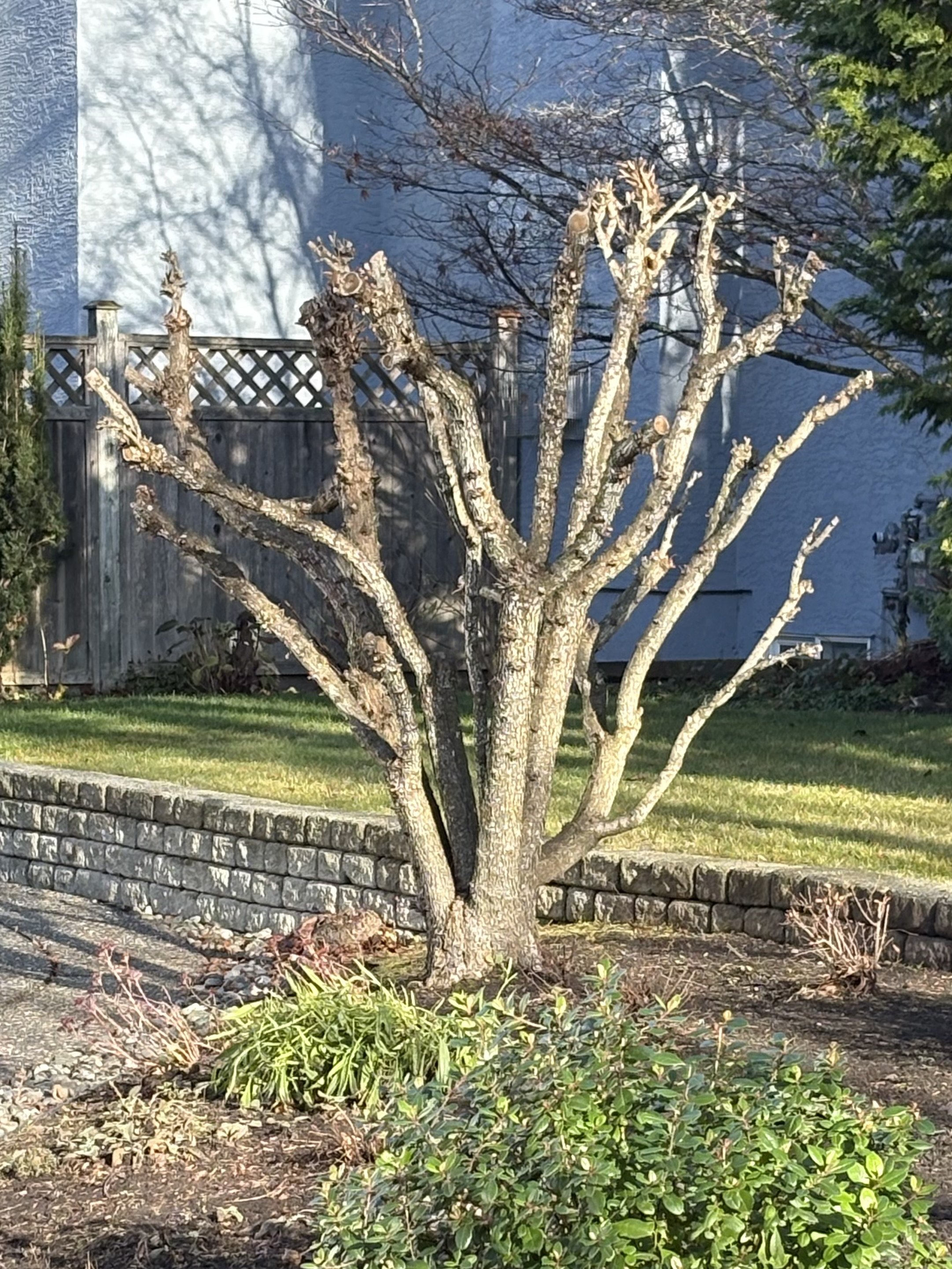Carbon in the Garden: What is it and Why is it Important?
Hello gardeners!
Carbon is an organic element found in all living organisms. In the context of gardening, carbon is a key component of soil matter. Carbon contributes to overall soil health plus it plays a role in water retention.
Under the lens of climate change, garden plants, especially trees and shrubs, store carbon within the plant biomass and the soil. This process is known as carbon sequestration. The trees and shrubs in your garden are already storing carbon taken from the air.
What Is Carbon Sequestration?
Carbon sequestration is the process of capturing atmospheric carbon dioxide (CO₂) and storing it in plants, soils, and other natural reservoirs like ponds. Plants absorb CO₂ during photosynthesis and convert it into organic carbon, which becomes part of their biomass. When plants die, this carbon can be stored in the soil if managed correctly.
Carbon released from soil or plant roots contributes to climate change by adding carbon dioxide (CO₂) or methane (CH₄) to the atmosphere. These gases are significant contributors to the greenhouse effect, which traps heat within the earth's atmosphere and leads to global warming. Think large scale agriculture and deforestation.
As a gardener, growing healthy trees and shrubs is reducing the greenhouse effect. See you can make a difference.
Here are 2 examples of how carbon is released from soil and plant roots:
Soil Respiration: Microbial activity in the soil breaks down organic matter, releasing CO₂ into the atmosphere. This is a natural process, but human activities like deforestation, intensive agriculture, and soil disturbance accelerate it, increasing CO₂ emissions.
This is the principle for the no-dig garden method. As gardeners we should look for ways to eliminate soil disturbance. Hence the reason we now layer on leaf mulches versus digging it into the soil around plants.
Root Respiration: Plant roots also release CO₂ during cellular respiration. While this is part of the natural carbon cycle, excessive carbon release can upset the balance.
Why does carbon management matter in the garden?
By managing carbon in the garden—through practices like planting carbon-sequestering plants, minimizing soil disturbance, and preserving organic matter—you can reduce the release of CO₂ and contribute to mitigating climate change.
The 3 easiest tips to increase carbon sequestration in your garden
Plant perennials: Trees, shrubs, and perennial grasses store carbon for longer periods.
Choose deeply rooted plants: The deeper root system transfers carbon deeper into the soil.
Use dense planting: Incorporate the practice of placing plants closer together when planting. Begin filling in spaces between existing plants with either additional plants or ground covers.
As you review your garden and consider changes for the upcoming year, try to create a continuous canopy of plants to shade the soil and reduce moisture loss.
If the best practice is to minimize soil disruption to protect carbon storage, what is the best practice to deal with dead trees or shrubs?
Dead trees and shrubs still play a role in carbon storage. If left in place, they gradually release carbon into the soil as they decompose, enriching the organic matter. Removing the root ball releases stored carbon quickly. A better approach is to cut the tree or shrub at ground level, leaving the roots intact to decompose naturally.
Enjoy your garden and let's get our hands dirty,

